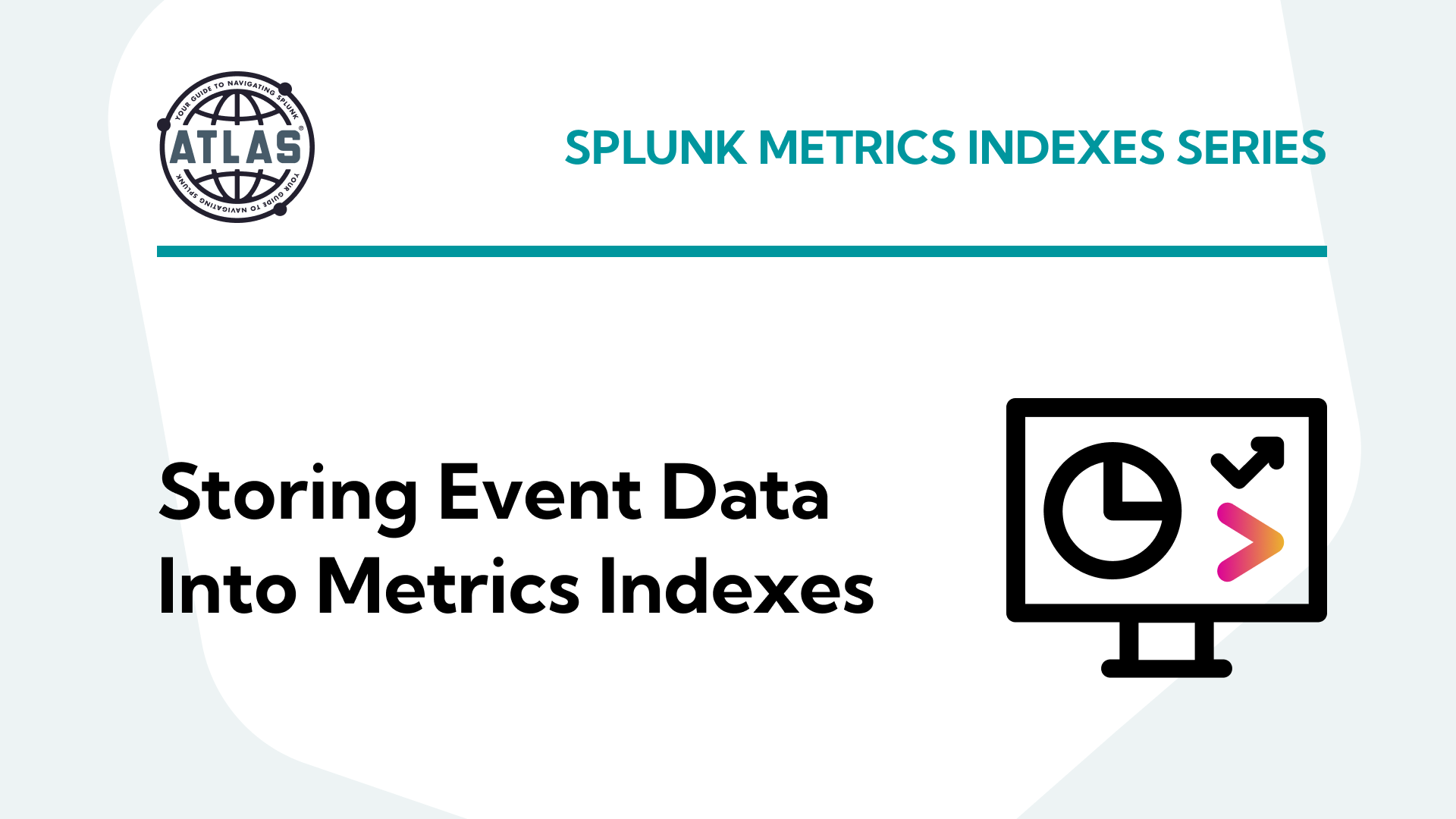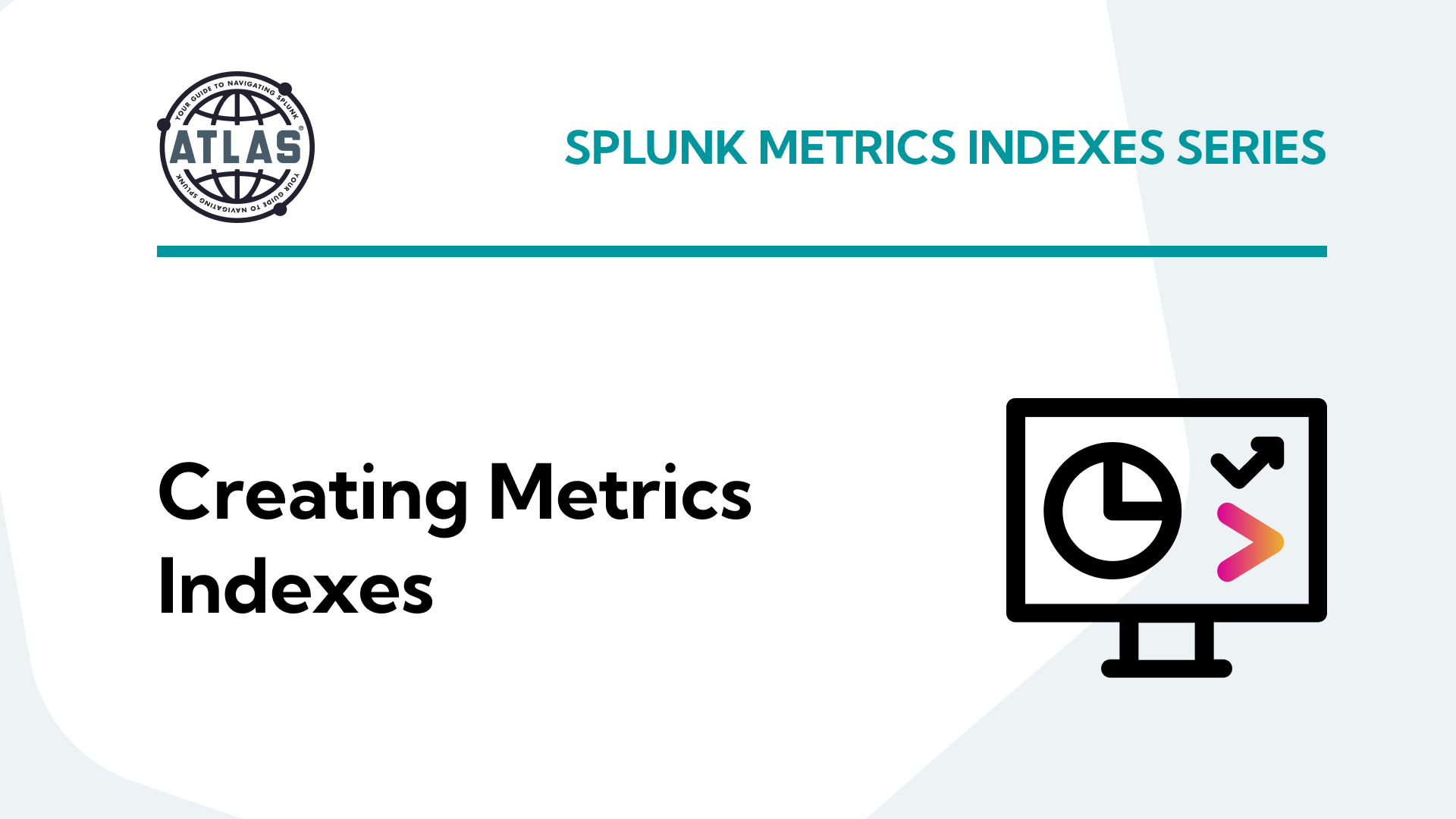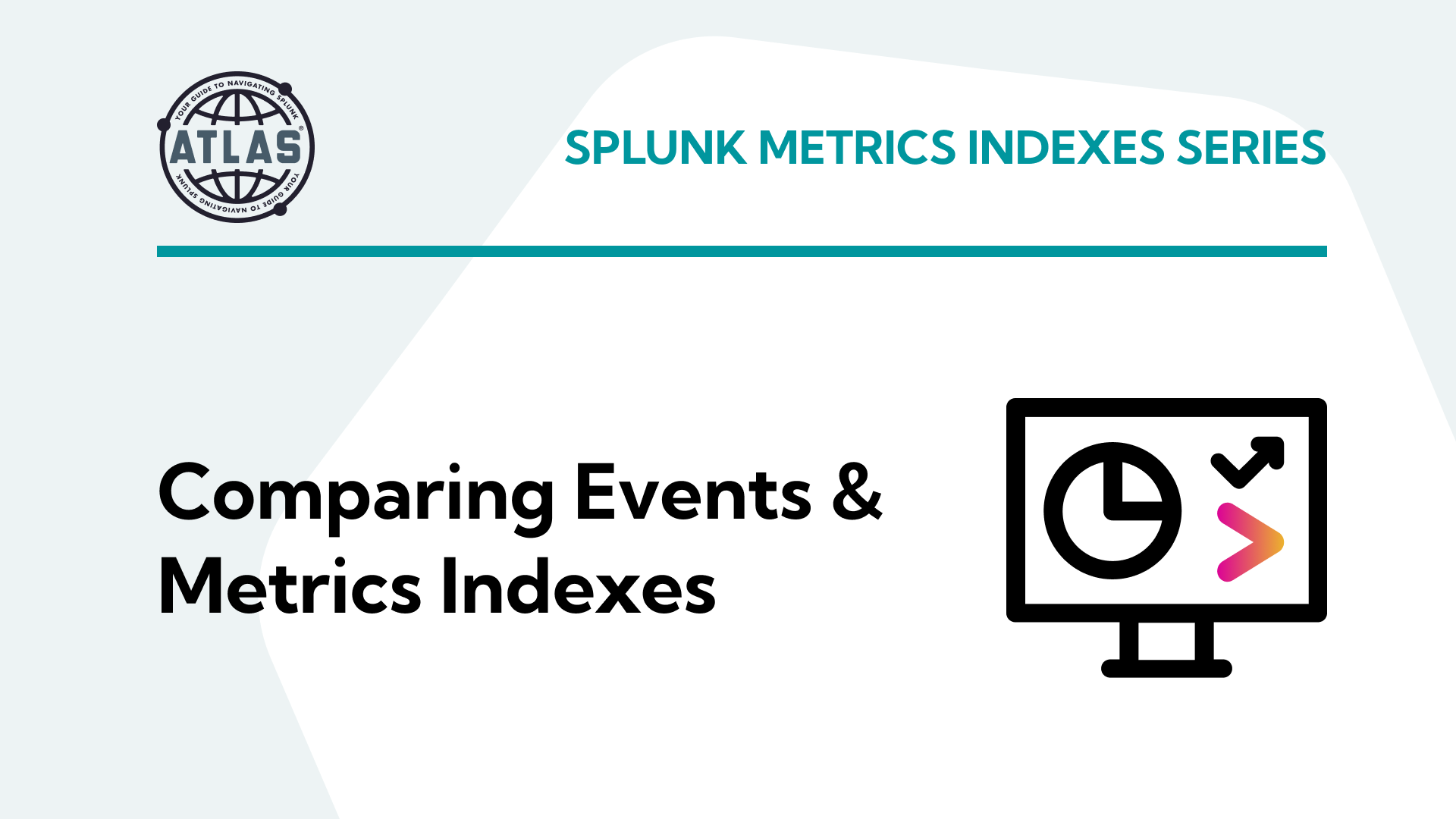
Using the bin Command
Getting Started Splunk is a powerful data analysis and visualization tool that empowers users to extract valuable insights from vast amounts of data. To help

Getting Started Splunk is a powerful data analysis and visualization tool that empowers users to extract valuable insights from vast amounts of data. To help

Splunk, a robust data analysis and visualization tool, offers a spectrum of commands to extract meaningful insights from extensive datasets. Among these commands, the eventstats

When it comes to correlating information in searches to uncover unique patterns, there are several Splunk commands are commonly employed. For instance, you might opt

This article is split into a nine part series to improve readability – this third installment in the series covers how to store event data

This topic is split into a nine-part series to improve readability – this second installment covers how to create a metrics index. Parts 1-3 of

This topic is split into a nine-part series to improve readability – this is the first installment in the series. Parts 1-3 of this series

Data that has multiple values in a single field can be difficult to view in a report. Using the mvjoin command from Splunk’s Search Processing

Data fields that have similar information can have different field names. While the Splunk Common Information Model (CIM) exists to address this type of situation,

What is the Splunk where Command? The Splunk where command is one of several options used to filter search results. It uses eval-expressions that return

Your dilemma: You have XML or JSON data indexed in Splunk as standard event-type data. Sure, you’d prefer to have brought it in as an